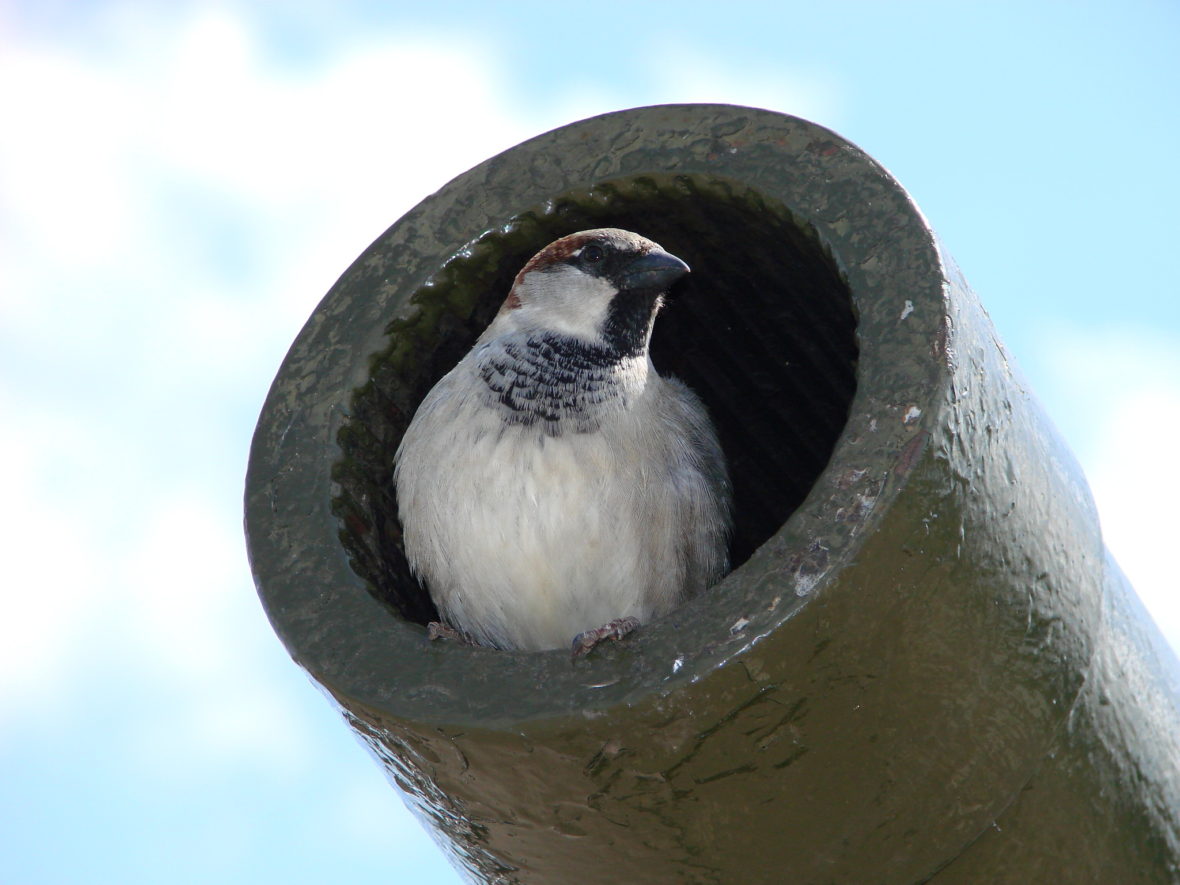Take the saga of Utah’s Mormon settlement, add memories of growing up in the church, mix in the voice of a monster rumored to live in an ecologically damaged salt lake, and posit an extraterrestrial witness to all of the above: this is the geography of Natalie Padilla Young’s first book of poems, All of This Was Once Under Water. If your home is under water, it’s worth less than what you owe to keep it, and Young’s landscape––once a seabed––reminds the reader what’s owed to nature, history, and the ancestors who bent both to their needs.
Young’s ambitious lyric narrative uses multiple perspectives to create a whole greater than the sum of its parts. Historic time lines, testimonies, surreal characters and personal history work together to trace the complexity of her native, high desert ground. In “A Floridian Says, “I Could Never Live in a Place Like That,’” the poet writes how a portion of Brigham Young’s followers agreed; they “spun their wagon wheels and blistered heels/against cracks in the dirt/to return East or urge their oxen forward/ to promises of something gold,/ something moist.” Readers are prompted to imagine the California gold rush, and, later, Hollywood lust, with economical precision––and without Young naming them. In “Too Many Humans End in a Crash,” Young’s character She chooses an alien for a companion, one among those with “wild eyes, slick olive skin,/the inside of their mouths: pimentos.” Although these beings are extraterrestrial, they’re also metaphors for humans expelled from the tribe––migrants; the non-binary; those outside the church whom Mormons call “gentiles.” “Neither male nor female,” her aliens “are not kind, a tad ruthless.” But, Young writes, “At least they’re honest.”
The alien and the monster allow Young to reframe the familiar in ways Craig Raine did in A Martian Sends a Postcard Home. In “The Flamingo on Shore––Pink Floyd, an Aviary Escape,” an exotic bird probes a monstrous sense of isolation. For the creature, the bird’s pink is “sometimes…the most color he’s seen// sometimes it’s the only color he sees.” But the flamingo is also solitary, asleep at the edge of a lake nothing like its native habitat. In “Discussing Earth Insects,” the alien asks She the difference between a moth and a butterfly. When She answers, “A moth can’t resist light,” the alien “considers the distinction./So I am the butterfly and you are the moth.” Humans self-immolate, while the other flutters free.
All these events and characters can be a lot to manage, but Young does so gracefully. Adding to the layers are illustrations by Maximiliane Speiss. Following “An Ambush of Major and Minor––the Monster Sings,” Spiess’s depiction of Mormon settlers as dressed-up skeletons compliments and deepens the monster’s recall of “hundreds of voices singing Zion––one giant/desperate beauty”:
Over a hundred years and still the notes linger
just below the surface, knock
his chest in sleep,
tumble from his mouth
as he swims. Pains of faith and cheer
on repeat.
The book concludes with a series of goodbyes. In the poignant “She Writes Notes to the Pagoda Tree, Ties Them to the Branches One by One” She apologizes “for stapling chicken wire around your trunk” when the tree is gouged by a dog; it was “meant to stop the clawing. Now I don’t know/ which was worse.” Personified, the pagoda tree is another character striving to survive: “When I move on from this mountain valley/of hard earth with plenty of snow but little water,/ you will be missed. You, who shouldn’t/ be able to grow here.”
Quarter Press is a small, independent operation believing in “sustainability, equity, and the empowerment of all voices,” according to its website. It specializes in limited edition hardcovers “to showcase the level of care our artists and writers put into their work.” Kudos to those small presses that continue to feature new voices in venerable formats.
